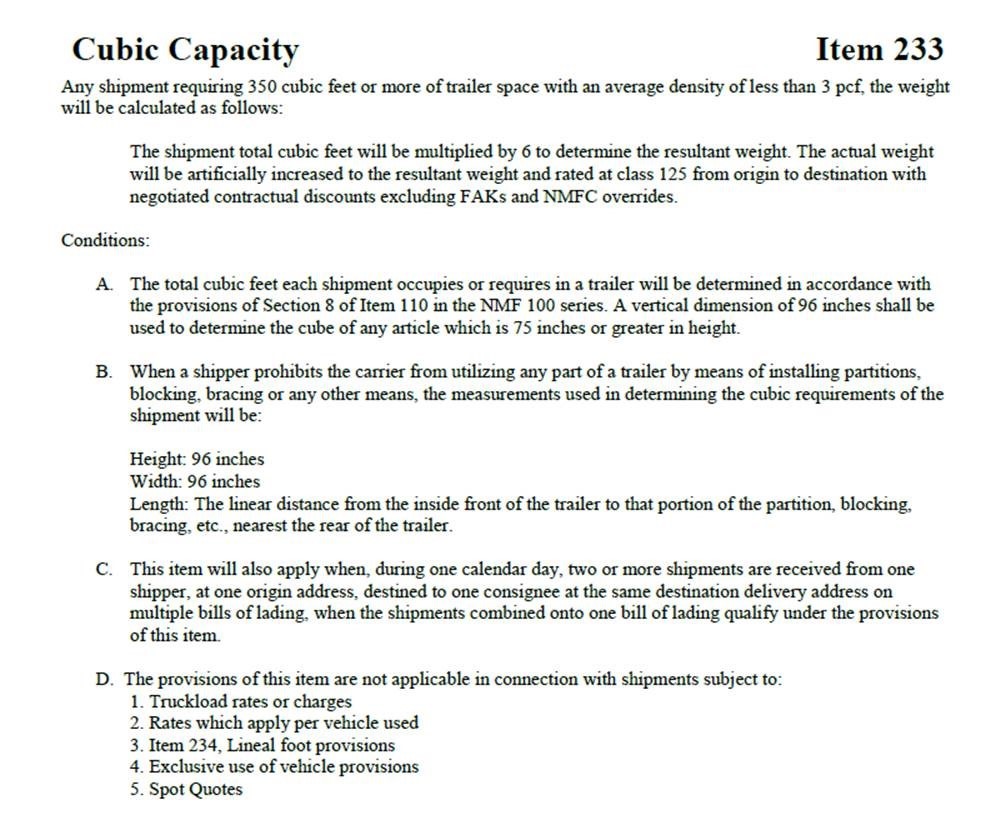Selling offers more highs and lows than most other professions. Most salespeople suffer through periods of stress that are direct results of their sales jobs, but salespeople who succeed in the long run never let disappointments get the best of them. They know rejection goes with the territory and learn not to take it personally and instead, they view mistakes and failures as lessons that will help them improve. On the other hand, some very promising sales careers have died premature deaths due to stress. Stress sometimes causes sales people to lose confidence and then fill their day with nonessential activities and hide from their customers or prospects. We’re also faced with lots of rejection on our daily search for success. If you dwell on the negatives, they’ll bury you. You have to lighten up and look for ways to lessen the stress caused by your job.
Below are our top 10 tips to reduce stress:
1.Focus. Focus on what’s truly stressful to you about a situation and why – the idea being that understanding the stress lessens it and gives you some control over it.
2.Put stressful situations in perspective. Is this situation going to matter in 1, 5, or 10 years? If not, try to worry about it in the current time. Don’t allow the problem to feel bigger than it is, and remember that at the end of the day, it is just work.
3. Establish boundaries. Postpone thinking about problems until an appropriate time. Successful people learn how to compartmentalize their thinking. It is important to establish healthy work-life boundaries and stick to them. Don’t allow a stressful moment at work to ruin your off time.
4. Take a deep breath. Size up stressful situations and decide which are worth worrying about. Techniques like meditation or other mindfulness exercises can have a powerful effect on stress levels and general mental health.
5. Take vacations and occasional time off. Having a break from the stresscan allow you to recharge and feel more emotionally or mentally ready to tackle the challenges at work.
6. Don’t be afraid to laugh at yourself. Your reaction to a situation is just as powerful as the situation itself, and your reaction and attitude have an enormous impact on your overall mental health and wellbeing.
7. Talk to others about job pressures. Talking to others who have been in your situation can be cathartic and help you discover new techniques to manage the stress or can just provide a change in attitude that can help put the stress in perspective. It can also be helpful to talk to your supervisor, as they may be able to offer advice or help with a particularly stressful situation.
8. Expect the unexpected. Allow time and reserve energy to deal with the inevitable stressful events that occur daily.
9. Do something for yourself. Take a break from the constant push to be productive and take a walk or enjoy a cup of coffee without constantly refreshing your email. Make the effort to find something small that you can do each day to create a peaceful moment for yourself.
10. Volunteer or do something in the community that is rewarding to you.

